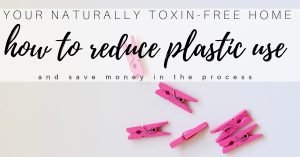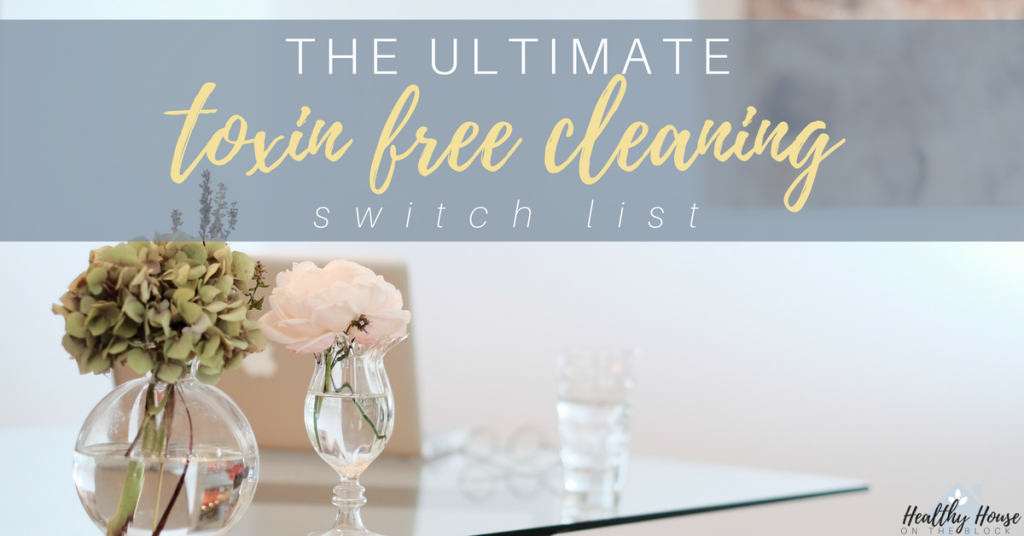
How we clean our homes is one of the huge contributing factors when it comes to polluting our indoor air. The air we breathe in our homes can become even more harmful than the outdoor air because we add chemicals on a daily basis, but rarely filter it out with fresh air from outside. While this problem is one of the worst in terms of air quality, the good news is it’s extremely easy to reverse.The second way that cleaning chemicals harm our homes is by coming into contact with surfaces we touch and eat off of. This can be especially harmful to families with small children who tend to frequently put objects in their mouths. Children in general have poor hand to mouth habits and over-spray from a cleaner can end up traveling quite a distance to land on unintended surfaces. Again, this problem is a serious one, but it’s also one that can be almost completely avoided at home.
It may seem daunting to switch over all the cleaning products in your home. That’s why I’ve come up with this helpful timeline of just how to start and which products are impacting you and your family the most.
How to Make the Switch
The overwhelming feeling of trying to remove every toxic cleaner from your home and replace it with a safer, healthier option is all too common. Often times it leaves us no idea of where to start, so we never do. I had the same problem for years as I used disinfecting wipes on my counter tops and harmful chemicals in my bathroom.It wasn’t until I had my first daughter that I knew I had to make a change. I didn’t do it all at once either. It was a long slow process of changing one thing at a time. I was so confused when I would walk down the cleaning aisle, choosing what I hoped was a safe cleaner based on the eco-friendly name. But what I learned later on was that just because a company’s name sounds healthy, it may not be. I started using EWG’s Database for cleaning products to help me remove the worst offenders in my cleaning arsenal.
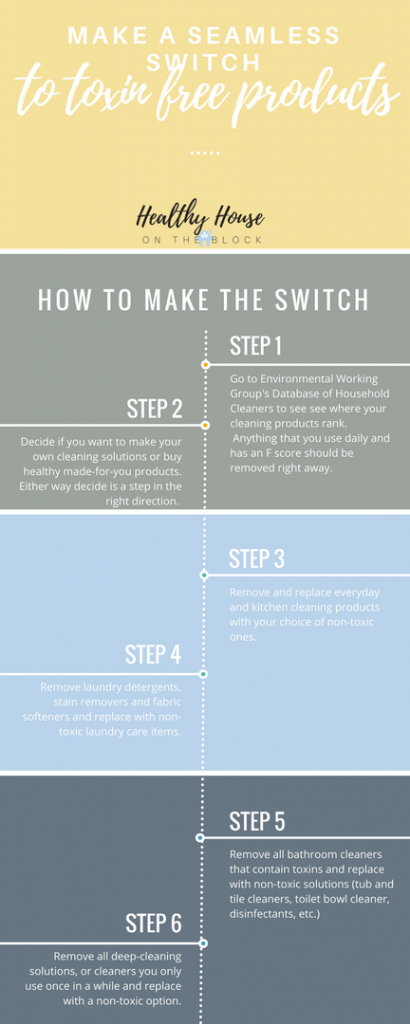
Step 1: Go to Environmental Working Group’s Database of Household Cleaners to see see where your cleaning products rank. Anything that you use daily and has an F score should be removed right away.
Step 2: Decide if you want to make your own cleaning solutions or buy healthy made-for-you products. Either way decide is a step in the right direction. The list below includes everything you will need to make your own with links to purchase the items. Or if you’ll be purchasing your own, I highly recommend Thieves Cleaning Products.
Step 3: Remove and replace everyday and kitchen cleaning products with your choice of non-toxic ones.
Step 4: Remove laundry detergents, stain removers and fabric softeners and replace with non-toxic laundry care items.
Step 5: Remove all bathroom cleaners that contain toxins and replace with non-toxic solutions (tub and tile cleaners, toilet bowl cleaner, disinfectants, etc.)
Step 6: Remove all deep-cleaning solutions, or cleaners you only use once in a while and replace with a non-toxic option.
The Problem with Store-Bought Cleaning Products
The biggest problem with every day cleaning products purchased is that we have no idea what is even in these bottles. The rules and regulations that surround Trade Secret Laws allow companies to put ingredients into cleaning bottles without disclosing what they are. These mixtures created by chemists are considered proprietary and do not have to be released to the public. This ranges from harmful chemicals like Triclosan to synthetic fragrances. (Synthetic fragrances are a bigger problem than we originally thought — read more on how to replace them here).Some of the worst in ingredients include:
BLEACH: Skin and respiratory irritant. When mixed with other cleaners can cause poisonous gasses to be released into air.
PHOSPHATES: Can be poisonous if swallowed and cause severe irritation to nose, throat and skin
SODIUM HYDROXIDE: Causes severe burns and tissue damage when in contact with skin and fatal if swallowed
QUATERNARY AMMONIA: Actually considered a pesticide and is harmful to the nervous system as well as skin.
GLYCOL ETHERS: Long term damage to reproductive system and endocrine system (hormones).
Again, many cleaners don’t list these ingredients on their bottles, yet they are extremely dangerous to our indoor environment and our bodies. Unless you know every ingredient in a product, it’s best to research it before purchasing.
This is the exact reason that making your own cleaner can give you the most peace of mind. Cleaning with vinegar, baking soda and essential oils means you know EXACTLY what’s in that bottle. There are some companies who also put their ingredients on the bottle, but you have to search them out. I use Thieves Concentrated Cleaner for just about everything in my house, and I love that on the bottle it says “if ingested drink plenty of water”.
Homemade Solutions
In order to avoid many of the harmful chemicals that are used to create household, many people fall back on making their own. I love this option because the possibilities are endless — you can make almost any type of cleaning product with ingredients you may already have at home.
WHAT YOU CAN EXPECT IN THE BOOK:
- Kitchen Disinfectant
- Stainless Steel Cleaner
- Dishwasher Detergent
- Oven Cleaner
- Glass Stove Cleaner
- Floor Cleaner
- Granite Cleaner
- Tough Degreaser
- Bathroom Cleaner
- Toilet Bowl Cleaner
- Window & Mirror Cleaner
- Dryer Sheets
- Laundry Soap
- Fabric Softener
- Carpet Stain Remover
- Carpet Cleaner for Machines
- House Bug Spray
- Stuffed Animal Disinfectant
- Dusting Spray
- Upholstery Refresher
DOWNLOAD MY FREE NON-TOXIC CLEANING RECIPE BOOK

Get access to my free resource library where you can download this book and other worksheets and guides instantly.
One cleaner that many parents ask about is how to make a non-toxic toy cleaner. This is so important when you have little ones who play and mouth toys. Anna at Ask Anna has shared a great tip for cleaning toys with hydrogen peroxide. (Which is one of the BEST little gems in non-toxic cleaning!). Check out her blog post here to get the details on different ways to use Hydrogen Peroxide around your house.
Safe Ingredients to Make Homemade Cleaners
If you want to make ALL 22 of these recipes, this is what you will need)
- Empty Spray Bottles
- Vinegar
- Baking Soda
- Washing Soda (in the laundry aisle)
- Castile Soap
- Rubbing Alcohol
- 3% Peroxide
- Cornstarch
- Citric Acid
- Olive Oil
- Essential Oils
- oLavender
- o Lemon
- oTea Tree
- oOrange
- oThyme
- oPeppermint
- Microfiber Cleaning Cloths
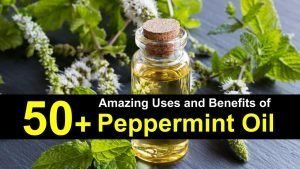
BONUS RECIPES
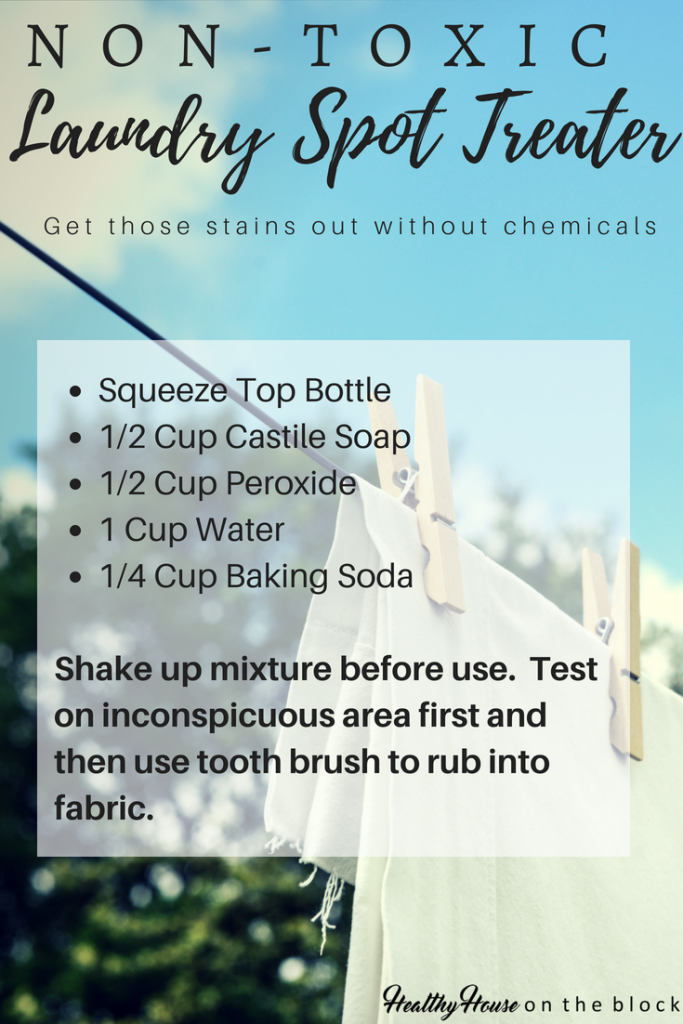



Pre-Made Solutions
As I mentioned before, the best thing about using Thieves Concentrated cleaner is that it isn’t poisonous if accidentally ingested. I also love that it’s so safe my three year old and six year old can help me clean and do household chores. Thieves is something I use in almost every cleaning application. I love it as an every day cleaner and kitchen cleaner and I’ve recently started using it in my bathroom as well.It not only kills bacteria and rids my home of unwanted germs, but it also promotes a healthy immune system. I can’t tell you how much our family needed this when I started using it. Before we started using Thieves we would all sneeze for hours after we used our disinfecting bathroom cleaner. It would irritate our noses and throats whenever it was sprayed.
Another great perk is the cost. The concentrated cleaner lasts us for a few months, and like I said, we use if for just about everything. It’s our daily cleaner, kitchen cleaner, window cleaner, carpet cleaner, bathroom cleaner, and floor cleaner (for starters!). I’ve calculated the costs and it has cut my cleaning purchases by 60%. And the great thing is if I run out, I just fill up my spray bottle and make more.
I have started giving samples to all my new home buyers that I do inspections for and many of them have started switching over to this safer cleaner in their own homes.
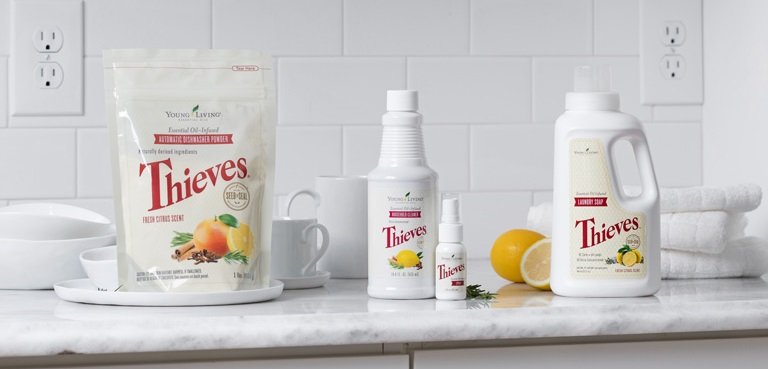
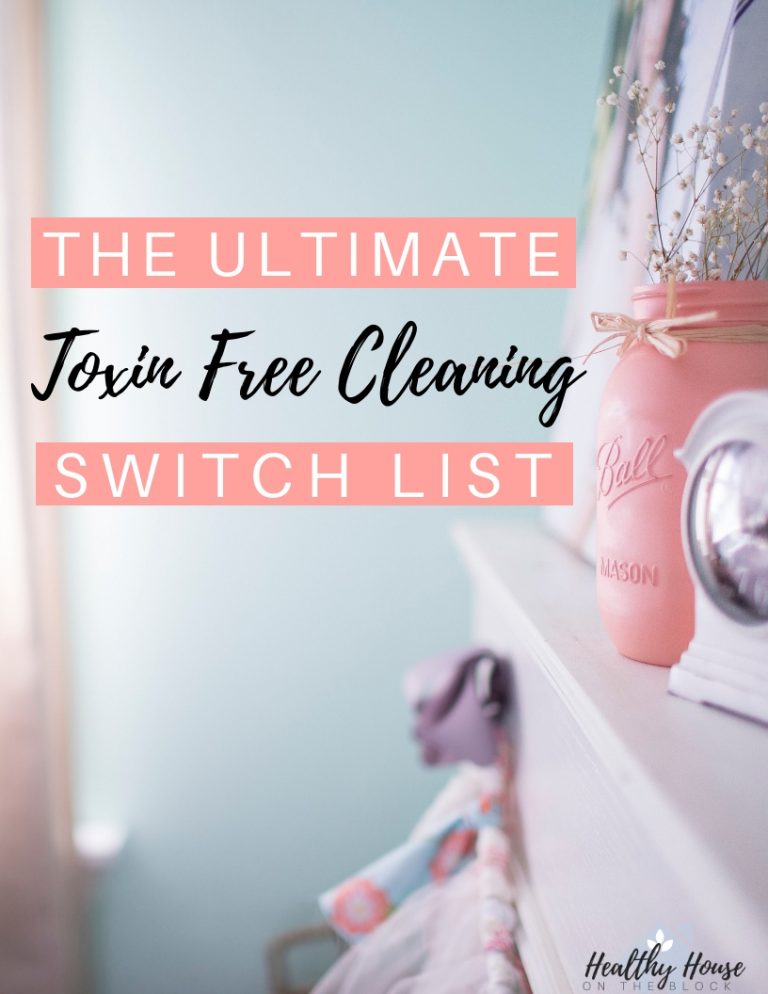
Share this:
- Click to share on Facebook (Opens in new window) Facebook
- Click to share on LinkedIn (Opens in new window) LinkedIn
- Click to share on Reddit (Opens in new window) Reddit
- Click to share on Pinterest (Opens in new window) Pinterest
- Click to print (Opens in new window) Print
- Click to share on X (Opens in new window) X



